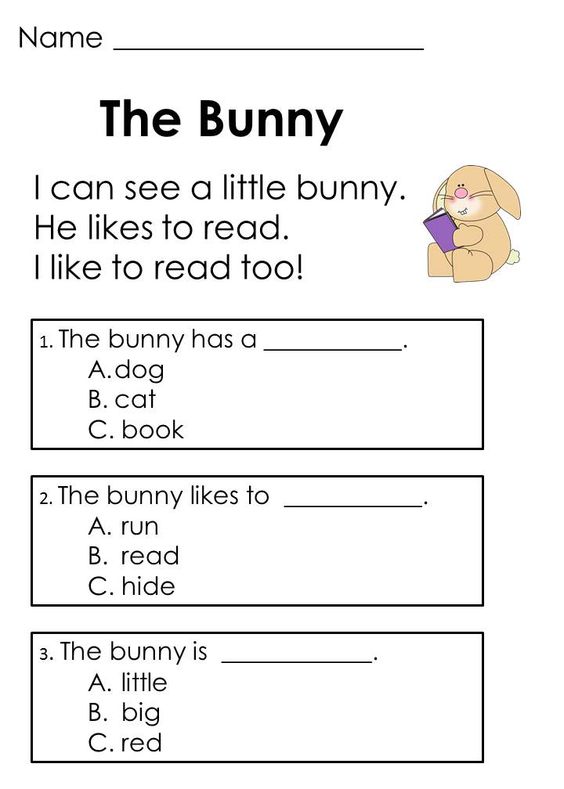Understanding Language Levels

본문

The Common European Framework of Reference for Languages (CEFR) is a widely recognized framework for measuring language proficiency. It categorizes language levels into several principal stages: A1, A2, B1, B2, C1, and подготовка к экзамену по английскому языку C2. Each stage represents a level of ability and can be further broken down into subcategories. Here's a brief overview of the CEFR levels:
A1 - Elementary Level: At this stage, learners can communicate in everyday situations with basic phrases and vocabulary. They can understand and use common expressions, describe themselves, and exchange basic information.
A2 - Pre-Intermediate Level: At this level, learners can communicate in everyday situations and deal with familiar topics and vocabulary. They can understand and use more nuanced expressions and can describe experiences.
B1 - Intermediate Level: At this stage, learners can communicate freely in everyday situations and with people who are not native speakers. They can understand and use more sophisticated language.
B2 - Advanced Level: At this level, learners can communicate effectively in everyday situations and with native speakers. They can understand and use more technical language.
C1 - Expert Level: At this stage, learners can communicate fluently in most situations and with native speakers. They can understand and use very sophisticated language.
C2 - Fluent Level: At this level, learners can communicate accurately in most situations and with native speakers. They can understand and use nuanced language.
Apart from the CEFR levels, there are other ways to assess English proficiency, such as the International English Language Testing System (IELTS) and the Test of English as a Foreign Language (TOEFL). These standardized tests measure reading skills, writing skills, and provide scores that can be used to determine a person's level of proficiency.
Understanding the different levels of English proficiency is essential for individuals, and managers. It helps learners to set realistic goals and tailor their language training programs to their needs. Employers can also use this framework to assess the language skills of job applicants and employees. By recognizing the different levels of English proficiency, we can work towards a more inclusive and communicative global community.
In conclusion, recognizing the different levels of English proficiency is vital for effective language learning and communication. By understanding the CEFR levels and other standardized tests, we can tailor language training programs to individual needs, assess language skills efficiently, and promote global understanding and communication.

댓글목록0
댓글 포인트 안내